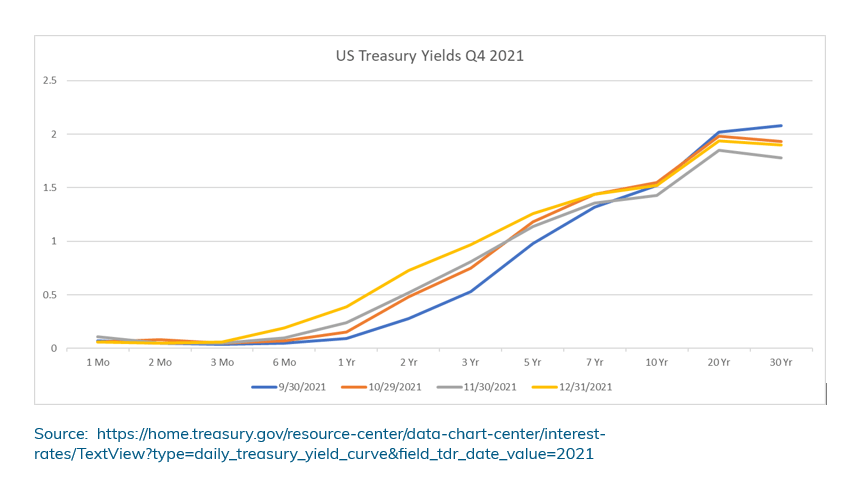The FDIC closure and assumption of Silicon Valley Bank (SVB) – the largest bank failure since 2008 – is a stark reminder that when a crisis occurs, it can spread as fast as a wildfire in dry fields with a strong wind.
While details of the root cause of failure will come to light in the coming weeks, we do know that one major issue was the loss of depositors in a short period of time. Much attention has been placed on the sale of the securities portfolio at a loss and if that move itself was causal. I’d say not likely the cause, but for sure it was a warning flag that things were not right in this institution.
Not having any knowledge of the bank’s actual practices or internal discussions, I am relegated to supposition. But we do know that this bank had a unique business practice.
Banks in rural America are not going to have the same kind of lending activities, or depositor relationships as this bank seemingly had. Lending to startup companies with a plan to go public is not itself a problem. But what we are not aware of is how leveraged these loans were and how the economic conditions that dried up the IPO market have impacted loan performance. I’d love to know what kind of stress testing was being done on these loans. Was the loan repayment plan based on the IPO? Did the stress test consider the impact of not going public on the bank’s position?







